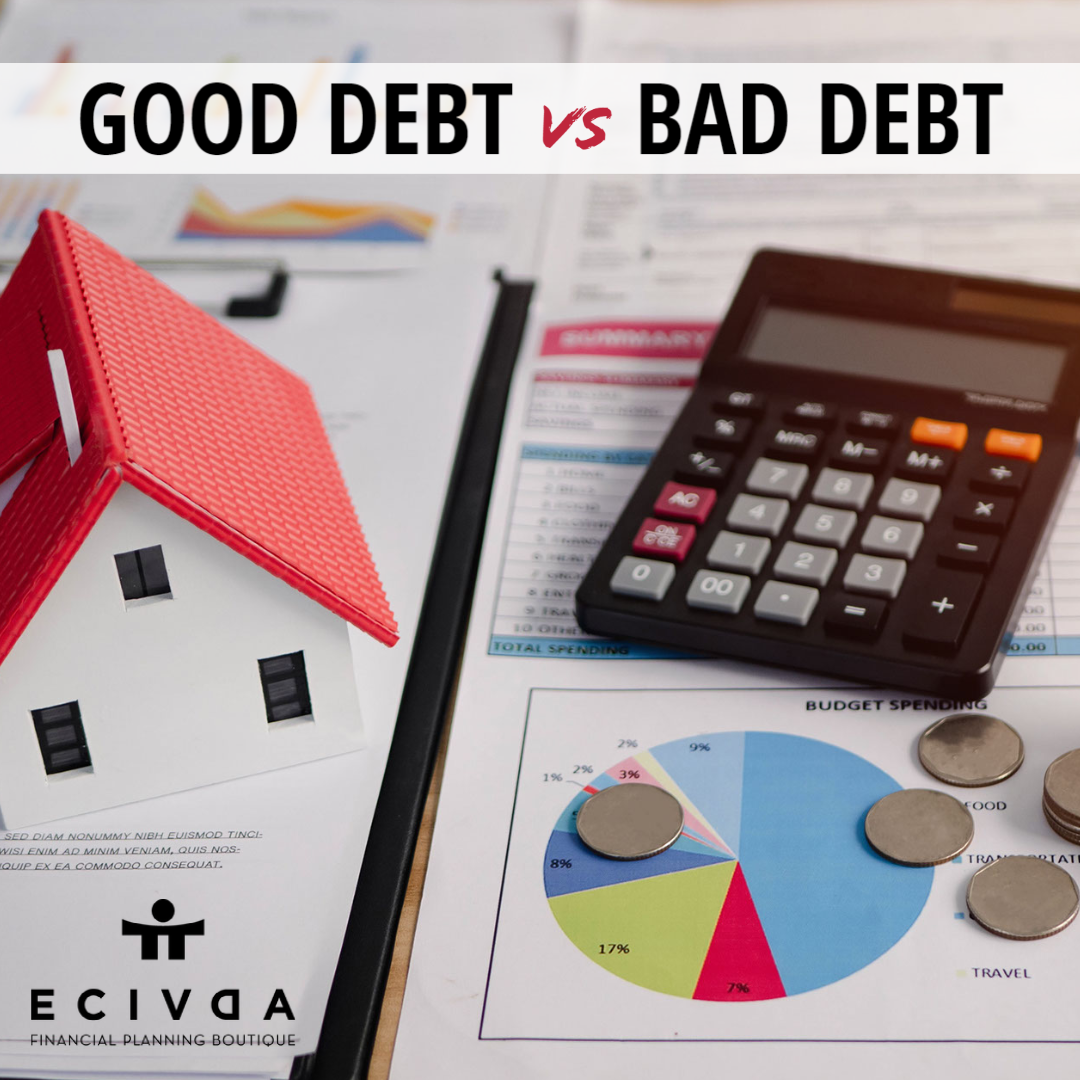
Good Debt vs Bad Debt
The very nature of debt implies that there is nothing good about it. No debt is good debt. However, taking debt is almost the only way most people can stay afloat. What differentiates a good debt from bad debt is the purpose of the loan. While some loans are a necessary evil, some unnecessary debts drag one into a financial abyss that may be difficult to climb out of.
What Is Good Debt?
Good debts are generally referred to as future investments that will appreciate in due time. The phrase ‘it takes money to make more money’ comes to mind. There are loans you may need to take to generate more income and build your net worth. Such loans are justified because they are needed investments for a future reward. Paying such loans back is not usually a problem because you would have used it to make double the loan. Examples of good debts include student loans, business loans, and mortgages.
However, there is an inherent risk in taking a ‘good debt’. As was mentioned earlier, debts are generally an inconvenience on one’s financial plan, so there is always that inherent risk when taking a loan even when it is supposedly going to build your wealth and increase your net worth in the future. When you take a loan for investment, there are a lot of assumptions involved. Nothing is certain; you may not get the return you hope for but what’s life without risk. This is why it is always advisable to be conservative about your projections. In other words, when taking a loan, always consider when the return will start coming in and what will be the amount of returns you will be expecting. Juxtapose it with the loan you are taking and ask yourself if it is worth it. When it comes to debts, there are no guarantees, even for good debts, the purpose of the loan is all that matters.
What Is Bad Debt?
Debt is said to be bad when you are borrowing to purchase a depreciating asset or an asset you do not need. Borrowing money to acquire a want and not a need is usually ill-advised. Financial advisers will say if the money will not increase in value or generate more money for you, then don’t borrow. Borrowing money to purchase a depreciating asset will only put you in more debt. The risks in a bad debt are visible as day. Examples of bad debt include car loans, credit card loans for shopping, football tickets, etc…
Other Debts
There are other types of debt that do not fall within the category of good or bad debt. These are debts that are relative to everyone’s financial capacity at the time of taking the debt. These types of debts may be good for one person and bad for the other. Someone with enough financial cushion may afford to take further loans to pay off his other debts or invest in more portfolios compared to someone already drowning in debt.
Debt Choices
As discussed, be it a good or bad debt, the reality is that it is still a debt, and you must pay it back. In deciding what type of debt to take, you must consider the type and purpose of the debt. This will help you determine whether a debt is truly worth it. Are you investing in your future or satisfying your wants? That question will help you in deciding whether to take the loan or not.